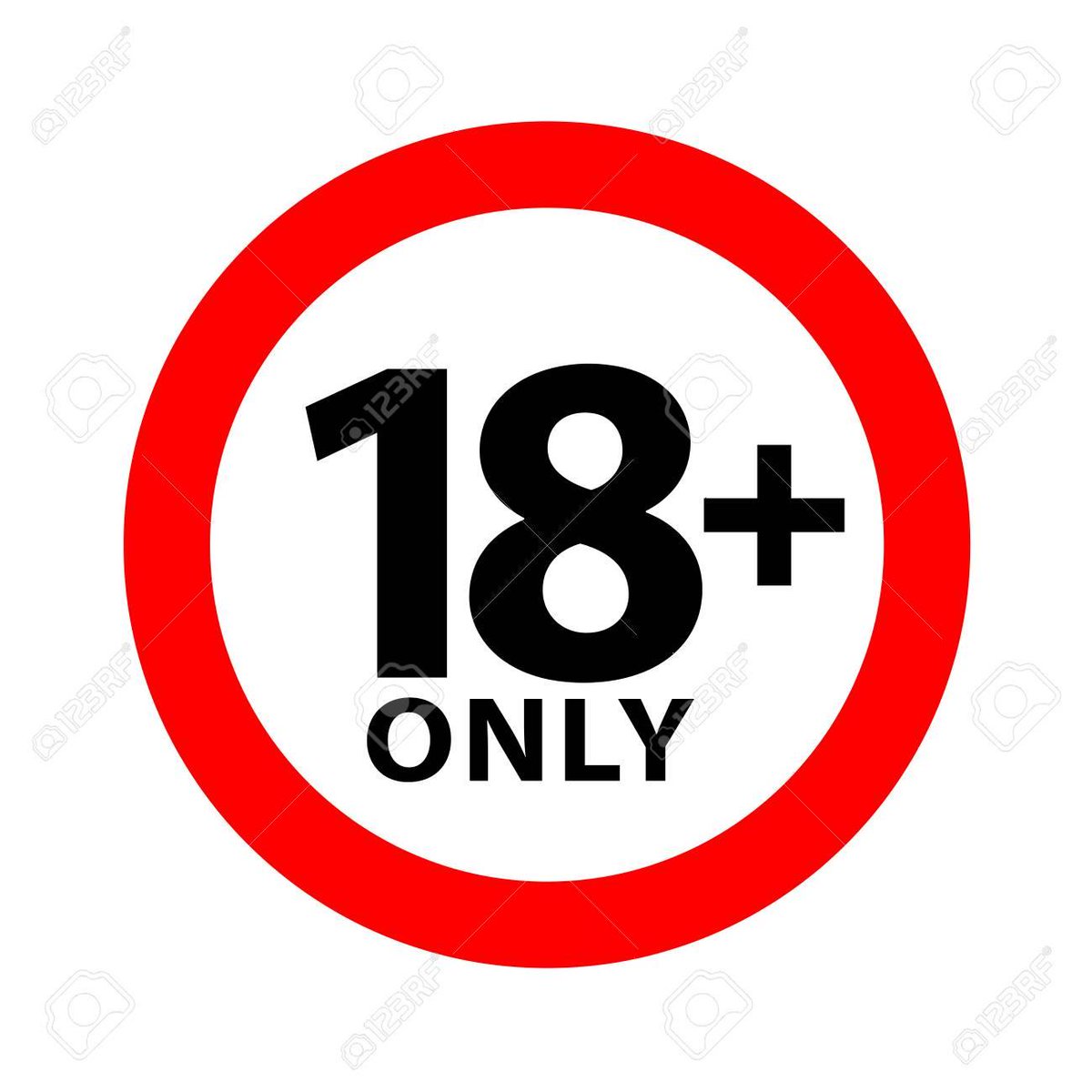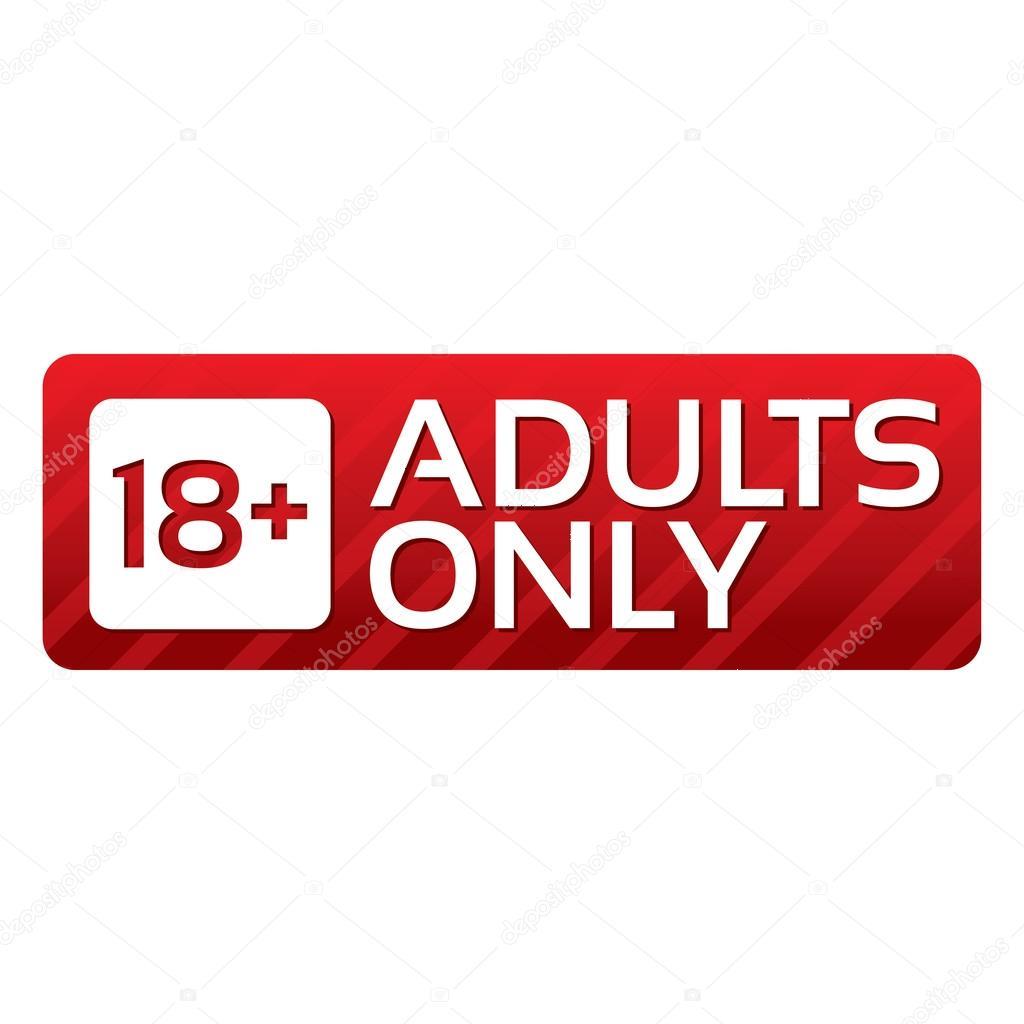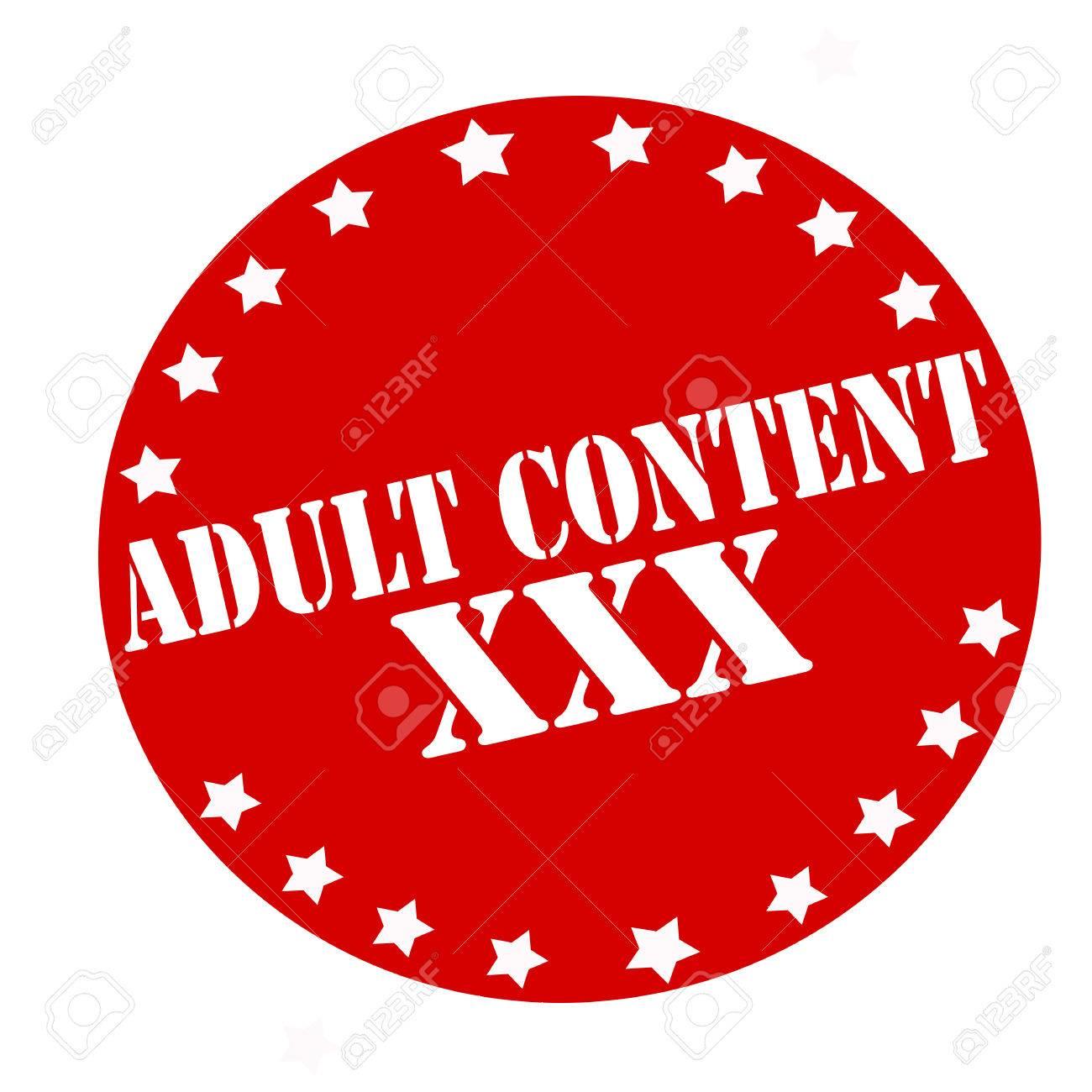Prison Porn Twitter - Unveiling The Online Narrative Of Confinement
When we think about places of confinement, like a prison, our minds often go to stark images, perhaps drawn from movies or news stories. Yet, there is a whole other layer of discussion happening online, particularly on platforms like Twitter, where the topic of prisons takes on a rather different character. This public chatter, sometimes labeled "prison porn twitter," reflects a fascinating, if at times unsettling, look at how information about these institutions and the people within them gets shared and perceived by a wider audience. It is, in some respects, a lens through which society grapples with the idea of liberty taken away, and how that looks from the outside looking in.
You know, the actual details of how prisons operate, who is inside, and what the rules are for visiting are often quite different from what gets talked about in casual online conversations. The official channels, like the Bureau of Prisons, they provide very clear guides on how to connect with someone held in custody, or what to expect if you go to a place like the Metropolitan Correctional Center in Chicago. This official information, actually, sets a basic foundation for anyone wanting to truly grasp the practical side of things, offering a glimpse into the structured environment that exists behind those walls.
So, as we consider these various ways of understanding confinement, it becomes pretty clear that there is a gap between the formal processes and the more informal, sometimes sensationalized, narratives that spread across social media. This piece will look at some of the fundamental aspects of how prisons work, drawing on real information about these facilities, and then consider how that solid information might contrast with or inform the broader discussions that pop up online, including those that fall under the banner of "prison porn twitter." It is a way to sort of get a handle on what is really happening versus what might just be talk.
- Tatted Up Holly Twitter
- Special Kherson Cat Twitter
- Maryburke Twitter
- Gay Cruising Sex Twitter
- Oprah House Raid
Table of Contents
- What is the General Idea of Prison Life, Anyway?
- Who Are the People in These Places, and How Do We Connect with Them?
- What is the Purpose of These Institutions?
- How Do You Learn About the Conditions Inside?
What is the General Idea of Prison Life, Anyway?
When you think about prisons, there is a fundamental structure that applies across all of them, no matter where they are located. These are places designed for holding people who have been ordered into custody by a court or who have had their freedom taken away after a legal process. The Bureau of Prisons, which oversees many of these facilities, actually welcomes visitors, which is something many people might not fully grasp. They even put out basic guides for how to go about visiting an inmate, which is pretty straightforward, you know, for those who need to connect with someone inside.
For example, take the Metropolitan Correctional Center in Chicago, often called MCC Chicago. This is a federal prison, right in the middle of Chicago, Illinois. It holds both men and women, and it houses people of all security levels, whether they are waiting for their court date or have already been found guilty. The Federal Bureau of Prisons runs this place, and they make sure there is essential information available for anyone looking to learn more about it. This transparency, in a way, provides a basic factual picture of how these places operate, setting the stage for any broader discussion.
Understanding these basic facts about how prisons function, and the role of agencies like the BOP, is pretty important. It gives you a solid base, you know, for thinking about what prison life is truly like. It is not just about what you might hear or see in snippets online; there are actual systems and processes in place that define the daily reality for those confined and for the people who manage these institutions. This kind of official information helps paint a clearer picture, rather than relying on guesswork or hearsay.
How Do Official Channels Like the BOP Share Details About Prison Porn Twitter-Related Topics?
The Bureau of Prisons, or BOP, provides quite a bit of information that touches upon what you might call the public-facing aspects of confinement, which could relate to how topics like "prison porn twitter" get discussed. They tell you, for instance, how to visit someone, which involves a set of rules everyone needs to follow carefully. They also offer details about specific facilities, like MCC Chicago, explaining that it is an administrative security prison and that it holds both male and female offenders. This kind of direct information, you know, gives a sense of the structure and purpose.
They even have an inmate locator, which includes people who are currently in custody, or those who have been released. This tool is, in some respects, a very practical way to find out about individuals who have spent time in these places. This kind of official record keeping and public access to certain details helps shape a more accurate picture of the prison system, rather than relying solely on informal online chatter. It is a way, actually, for the public to get verifiable facts directly from the source, which can be pretty helpful when trying to sort through various narratives.
So, when you consider how "prison porn twitter" might present certain ideas about prisons, it is useful to compare that with the kind of information the BOP puts out. The BOP, for example, is always looking for qualified people, like correctional officers and medical professionals, to work in their many facilities across the nation. This shows that these are places with real staff, real needs, and real operations, not just abstract concepts. This official information, really, helps to ground any discussion about prisons in reality, providing a counterpoint to potentially exaggerated or misinformed online content.
Who Are the People in These Places, and How Do We Connect with Them?
The people in prisons are typically called prisoners or inmates, and they are there for various reasons. Some are held until their trial, perhaps because they have been charged with serious crimes. Others are there after they have pleaded guilty or been found guilty by a court. These institutions are, in a way, core parts of most countries' justice systems. The Metropolitan Correctional Center Chicago, for instance, holds people before and during their court proceedings, which means it has a mix of individuals at different stages of their legal process. This diversity in who is confined is something to keep in mind, you know.
Connecting with these individuals is something the system tries to facilitate, within certain bounds. The Bureau of Prisons actually welcomes visitors to their institutions, and they provide basic guidelines for how to do this. You can also find out how to send money to someone inside or even how to file a complaint about a prison, which is pretty useful information for families and friends. This openness to visitation and communication, in some respects, acknowledges the human element involved, recognizing that people in confinement still have connections to the outside world.
Beyond general visitors, there are also groups that provide specific support. For example, there are organizations that offer direct help to elderly people, those with disabilities, individuals who are infirm, and people who have been rehabilitated after spending a long time in custody. This kind of support highlights the varied needs of those inside and the efforts made by some to assist them. Understanding who is in prison and the ways people can connect with them, really, helps to build a more complete picture than what you might gather from fragmented online sources.
What Does "Prison Porn Twitter" Mean for How We See Inmates and Their Families?
When you consider online discussions, especially those labeled "prison porn twitter," they can sometimes shape how we perceive people who are incarcerated and their loved ones. These online narratives, you know, might focus on certain aspects of prison life, potentially overlooking the human stories or the official processes that govern these institutions. For instance, the fact that the BOP welcomes visitors, and provides clear steps for connecting with inmates, shows a side of the system that is about maintaining family ties and supporting individuals, which might not always come across in more sensational online content.
The inmate locator tool, which allows you to find people who have been in custody, also plays a role here. It provides a factual record that can counter misconceptions that might spread online. Similarly, the ability to search for prison records or read official articles about prison culture, gangs, or slang, offers a more grounded view of what life inside these places can be like. This kind of verified information, in a way, helps to provide context and a more balanced perspective on the lives of inmates and the experiences of their families, rather than just relying on snippets from social media.
So, the way "prison porn twitter" presents things could influence public opinion, possibly making it harder for people to see inmates as individuals with families and complex situations. It is important to remember that people in prisons are called prisoners or inmates, and they are part of a system with specific rules and purposes. Official information, like how to send money or file a complaint, shows that there are established channels for interaction and oversight. This contrasts with the more uncontrolled flow of information you might find on social media, where narratives can be less nuanced and potentially more harmful to the perception of inmates and their families.
What is the Purpose of These Institutions?
A prison, at its very core, is a place where people are held in confinement or captivity. It is an institution for keeping individuals who have been ordered into custody by a judge or who have had their freedom taken away after being found guilty of a crime. These places are, you know, fundamental to the justice system in most countries. They are typically designed to house individuals who have been convicted of serious offenses, often called felonies, and sentenced to more than one year of imprisonment. They are sometimes also known as penitentiaries, which is another term for these facilities.
Beyond just holding people, there are other reasons someone might be kept in prison. For example, some people are held there until their trial is complete, ensuring they appear in court. This means that not everyone in prison has been found guilty yet; some are still awaiting their day in court. This distinction is, in some respects, pretty important for understanding the different roles these institutions play. The Metropolitan Correctional Center Chicago, for instance, holds both men and women before and during their legal proceedings, illustrating this specific function.
So, the purpose of prisons is multifaceted. It is about confinement, certainly, but it is also about supporting the legal process, and in some cases, about rehabilitation. The Bureau of Prisons, for example, provides direct representation to people who have been rehabilitated after long periods of incarceration, which suggests a broader aim beyond just keeping people locked up. Understanding these various purposes gives a more complete picture of what prisons are meant to achieve, which is a bit more involved than just a simple definition might suggest.
Could "Prison Porn Twitter" Influence How We Think About the Purpose of Confinement?
The way discussions unfold on platforms like "prison porn twitter" could, in a way, shape public perception about why we even have prisons. If the online chatter focuses on certain aspects, it might overshadow the more official purposes of confinement. For instance, the fact that prisons are meant for holding people awaiting trial, or for those convicted of serious crimes, is a very basic, factual purpose. Yet, online narratives might sometimes present a different emphasis, perhaps on sensational details rather than the core functions of the justice system.
The official information, like the definition of prison as a state of confinement or captivity, provides a clear starting point for understanding these institutions. When "prison porn twitter" enters the picture, it might introduce other ideas or interpretations that could distort this fundamental purpose. For example, if the content focuses on certain behaviors or conditions, it might shift the public's attention away from the legal reasons for confinement or the efforts towards rehabilitation that are also part of the system. This kind of influence, you know, can be pretty subtle but impactful.
Moreover, the Bureau of Prisons is always looking for staff, like correctional officers and medical professionals, to help manage these facilities. This points to the operational reality of prisons, which are complex organizations with many roles and responsibilities. If "prison porn twitter" creates a different impression, it might make it harder for people to see the professional and structured environment that is supposed to exist. This kind of online discussion, in some respects, has the potential to influence how the general public understands and supports the actual purpose and function of confinement within the justice system.
How Do You Learn About the Conditions Inside?
Learning about the actual conditions within a prison can happen in a few ways. Sometimes, you hear that conditions in a particular prison are said to be appalling, which means they are very bad. People might spend a lot of time in prison, and sometimes, you hear stories about someone being sent to prison for a certain period, like six months. These kinds of personal accounts, or reports, give a glimpse into what life might be like inside. You can also find general information about prison stories, or details about prison gangs, slang, and culture, which offer a broader look at the environment.
The official channels also provide ways to learn, though perhaps not in the same narrative style. For instance, you can search for prisoners and prison records based on when and where someone was held. This gives you factual data about who is inside and for what reasons. The Federal Bureau of Prisons, which manages places like MCC Chicago, sets out basic fundamentals that apply to all their institutions. These rules and guidelines, you know, indirectly tell you something about the structured environment and the expectations for both staff and inmates.
So, there are various sources for understanding prison conditions, from anecdotal reports to official data. You can also look up crime rates for cities across the US, Canada, and the world, which provides a wider context for why these institutions exist and how they fit into the broader societal picture. Understanding these different ways of getting information, really, helps to form a more complete and nuanced view of what conditions are like inside these places, rather than relying on just one type of source.
How Might "Prison Porn Twitter" Affect What We Believe About Conditions Inside?
The content that circulates on "prison porn twitter" could very well shape what people believe about the conditions within prisons. If these online discussions highlight certain aspects, or perhaps exaggerate others, they might create a skewed perception. For instance, while some conditions in prisons are indeed said to be appalling, online narratives might generalize or sensationalize these issues, potentially making it seem like all prisons are uniformly terrible, which might not always be the case across the board.
Official information, like the fact that the BOP welcomes visitors and reminds them to be careful, suggests a regulated environment where certain standards are expected. This contrasts with potentially uncontrolled narratives on social media. The ability to file a complaint about a prison, for example, indicates that there are official avenues for addressing concerns about conditions. This kind of formal process, in a way, offers a structured way to deal with issues, which is different from just sharing stories online.
Moreover, reading articles about prison gangs, prison slang, or prison culture can give a more detailed, perhaps more accurate, picture of life inside than short, often unfiltered, social media posts. The very nature of "prison porn twitter" suggests a focus that might prioritize shock value or specific angles, rather than a comprehensive look at daily life or the efforts made by institutions to maintain order and provide services. So, the online discourse, you know, can certainly influence public opinion about prison conditions, sometimes in ways that might not fully align with the broader reality.
- Jeremy White Twitter
- Cheating Gf Twitter
- Wu Tang Is For The Children Twitter
- Jason Timpf Twitter
- Ghfan10130 Twitter

mature. missionary porn / Twitter

skinny black gay porn / Twitter

teen african porn / Twitter